
It is known as the Lapis Lazuli Hen Egg.
A Fabergé egg is any one of the thousands of jeweled eggs made by the House of Fabergé from 1885 through 1917. The majority of these were popular gifts at Eastertide. The most famous eggs produced by Fabergé were the larger ones made for Tsars Alexander III and Nicholas II of Russia. Of the 50 made, 42 are known to have survived. The term "Fabergé egg" has become synonymous with luxury and the eggs are regarded as true masterpieces of the jeweller's art.
One of the features of the Fabergé eggs is that they open to reveal consecutively tiny surprise treasures.
The first Imperial egg, is known as the Hen Egg. It is made of gold with an opaque white enamelled shell that opens to reveal its first surprise: a matte yellow gold yolk. This in turn opens to reveal a multi-coloured gold hen, which also opens. Inside the hen were a minute diamond replica of the Imperial Crown from which a small ruby pendant was suspended. Unfortunately, the last two surprises have been lost.

There is some question about the history of the Lapis Lazuli Hen Egg. It is made of lapis lazuli, gold, blue, white, and yellow enamel, pearls, rubies and diamonds. For many years it was believed that this egg was presented to Czarina Maria Fyordorovna by Alexander III in 1886. It will have to be for the future to decide with more research. Currently the Lapis Lazuli Hen Egg is owned by the Cleveland Museum of Art as part of the India Early Minshall Collection.
Following the Russian Revolution, the House of Fabergé was nationalized by the Bolsheviks, and the Fabergé family fled for their lives to Switzerland. The Romanov palaces were ransacked and their treasures moved on order of Vladimir Lenin. In dire need to acquire more foreign currency, Joseph Stalin had many of the eggs sold in 1927. Between 1930 and 1933 fourteen Imperial eggs left Russia.
In the 1930s, there were 5 major American collectors of Fabergé. Those five subsequently put their collections on public view at various institutions across the country: Matilda Geddings Gray (New Orleans Museum of Art), India Early Minshall (Cleveland Museum of Art), Lillian Thomas Pratt (Virginia Museum of Fine Arts, Richmond), Marjorie Merriweather Post (Hillwood Museum, Washington, DC) and Malcolm S. Forbes (The Forbes Galleries, New York). I was lucky enough to see this egg as part of the Fabergé in America Exhibition when it was at the New Orleans Museum of Art in late 1996 through early 1997.
This past year the Lapis Lazuli Hen Egg was part of another exhibit, Artistic Luxury: Fabergé, Tiffany, Lalique. This photo of the egg and its surprise treasures was made when it was on display at the San Francisco Fine Arts Museum.

photo courtesy of the San Francisco Citizen
So now that we've learned all about the most beautiful Easter eggs in the world...
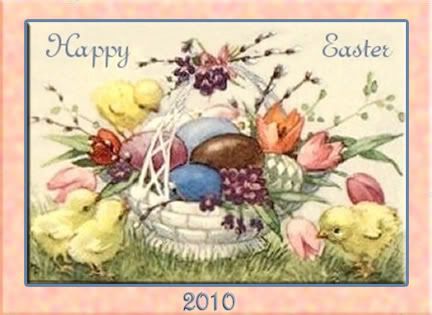
Here comes Peter Cottontail,
Hoppin' down the bunny trail,
Hippity, hoppity,
Easter's on its way.
Bringing every girl and boy
baskets full of Easter joy,
Things to make your Easter bright and gay.
He's got jelly beans for Tommy,
Coloured eggs for sister Sue,
There's an orchid for your Mommy
And an Easter bonnet, too.
Oh! here comes Peter Cottontail,
Hoppin' down the bunny trail,
Hippity hoppity,
Happy Easter day.
Here comes Peter Cottontail,
Hoppin' down the bunny trail,
Look at him stop, and listen to him say:
"Try to do the things you should."
Maybe if you're extra good,
He'll roll lots of Easter eggs your way.
You'll wake up on Easter morning
And you'll know that he was there
When you find those chocolate bunnies
That he's hiding everywhere.
Oh! here comes Peter Cottontail,
Hoppin' down the bunny trail,
Hippity hoppity,
Happy Easter day!
namasté,


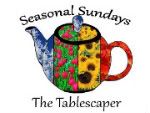

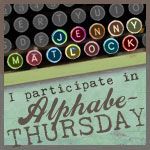
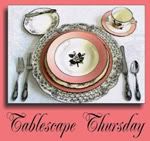
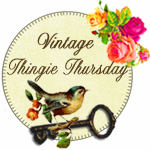
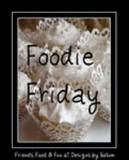






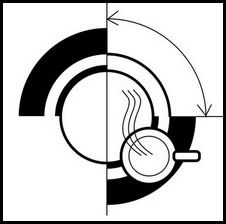

 Alabama Time
Alabama Time Paris Time
Paris Time Venice Time
Venice Time










No comments:
Post a Comment